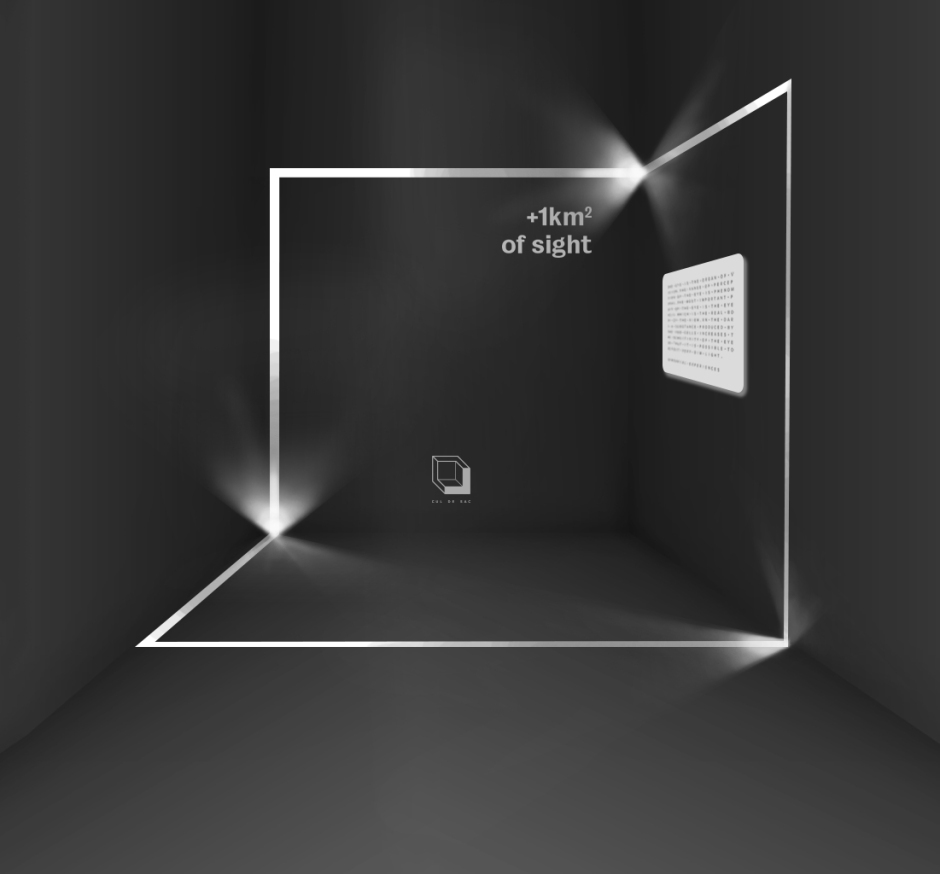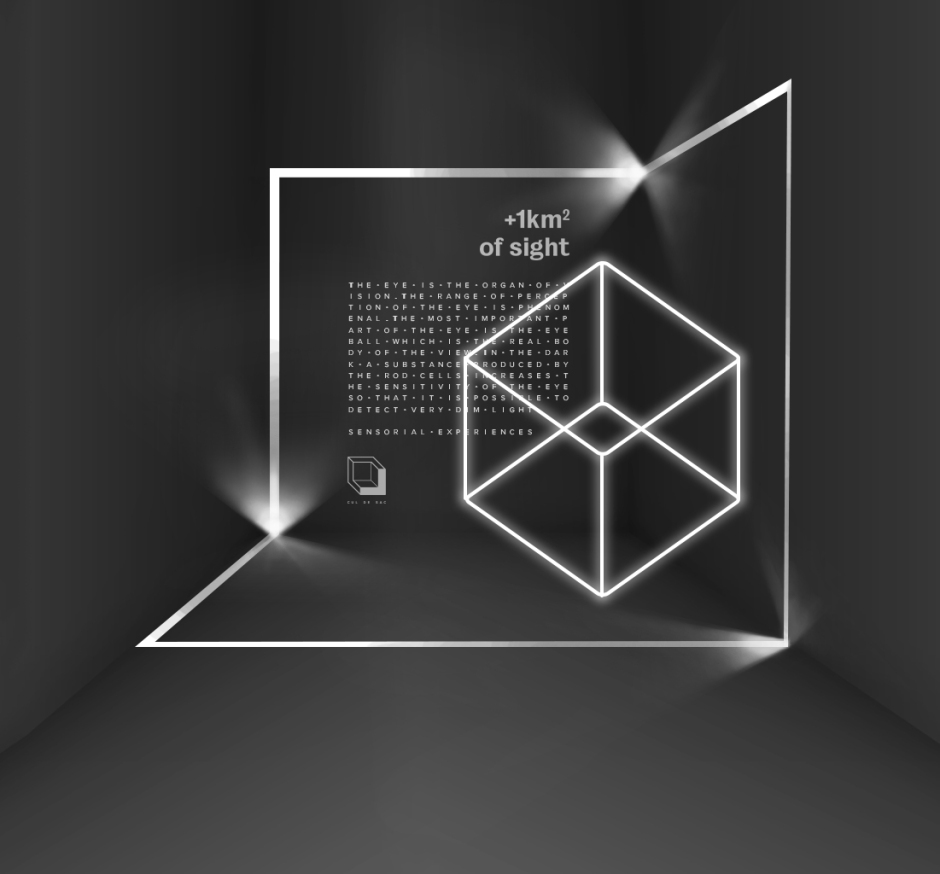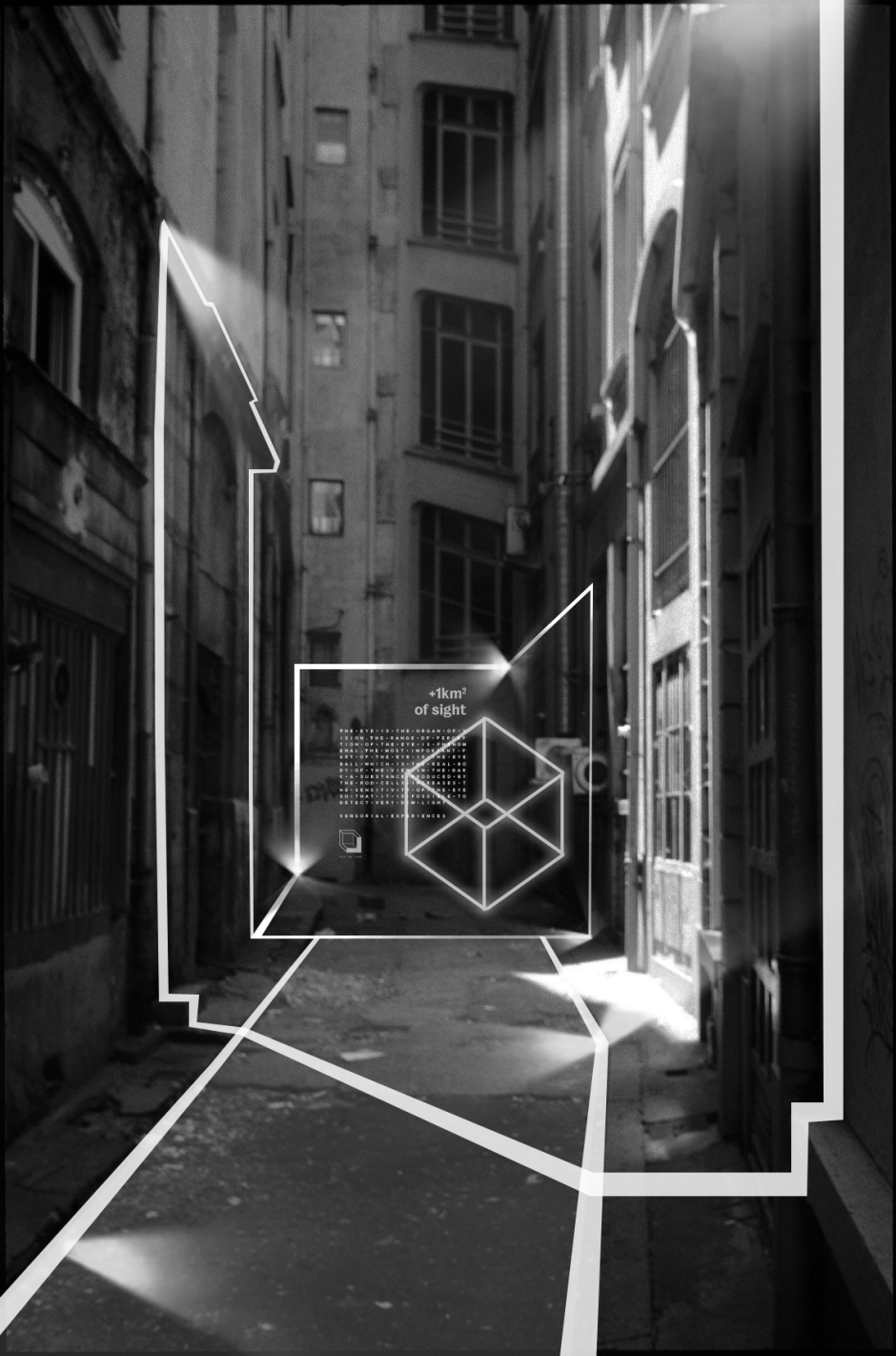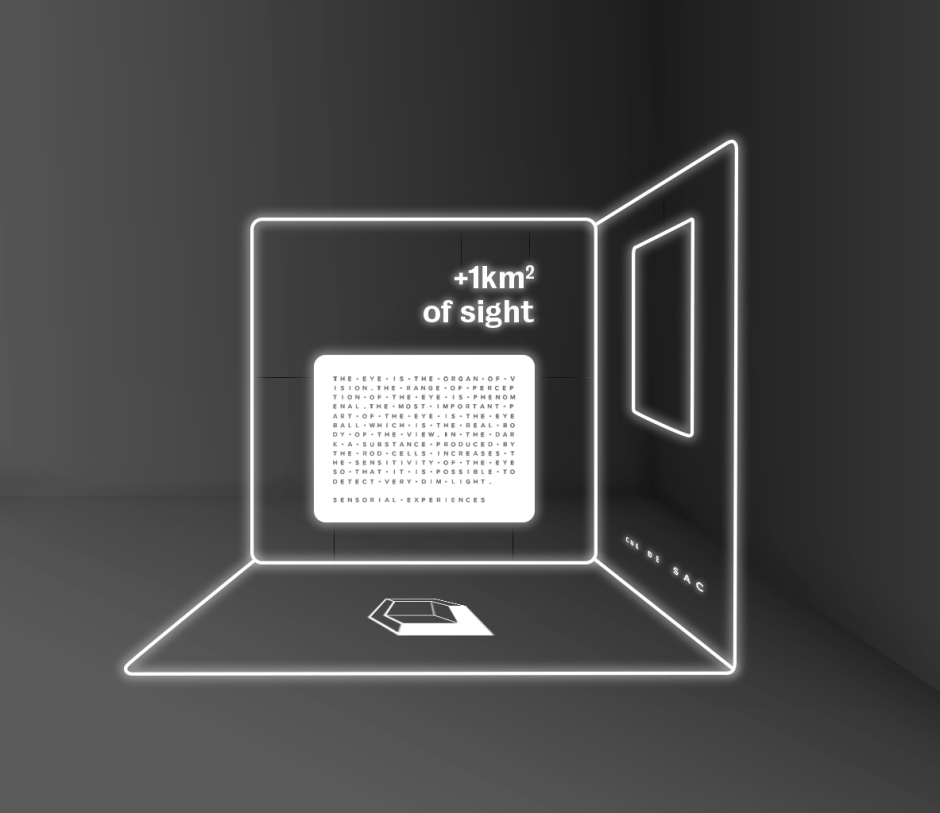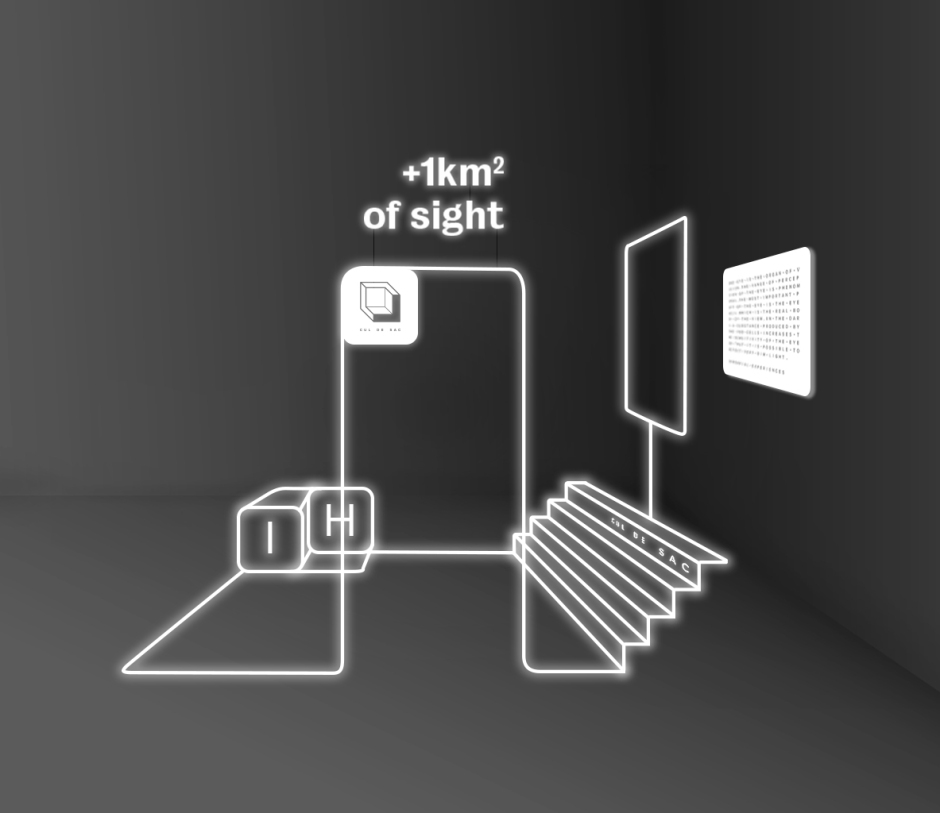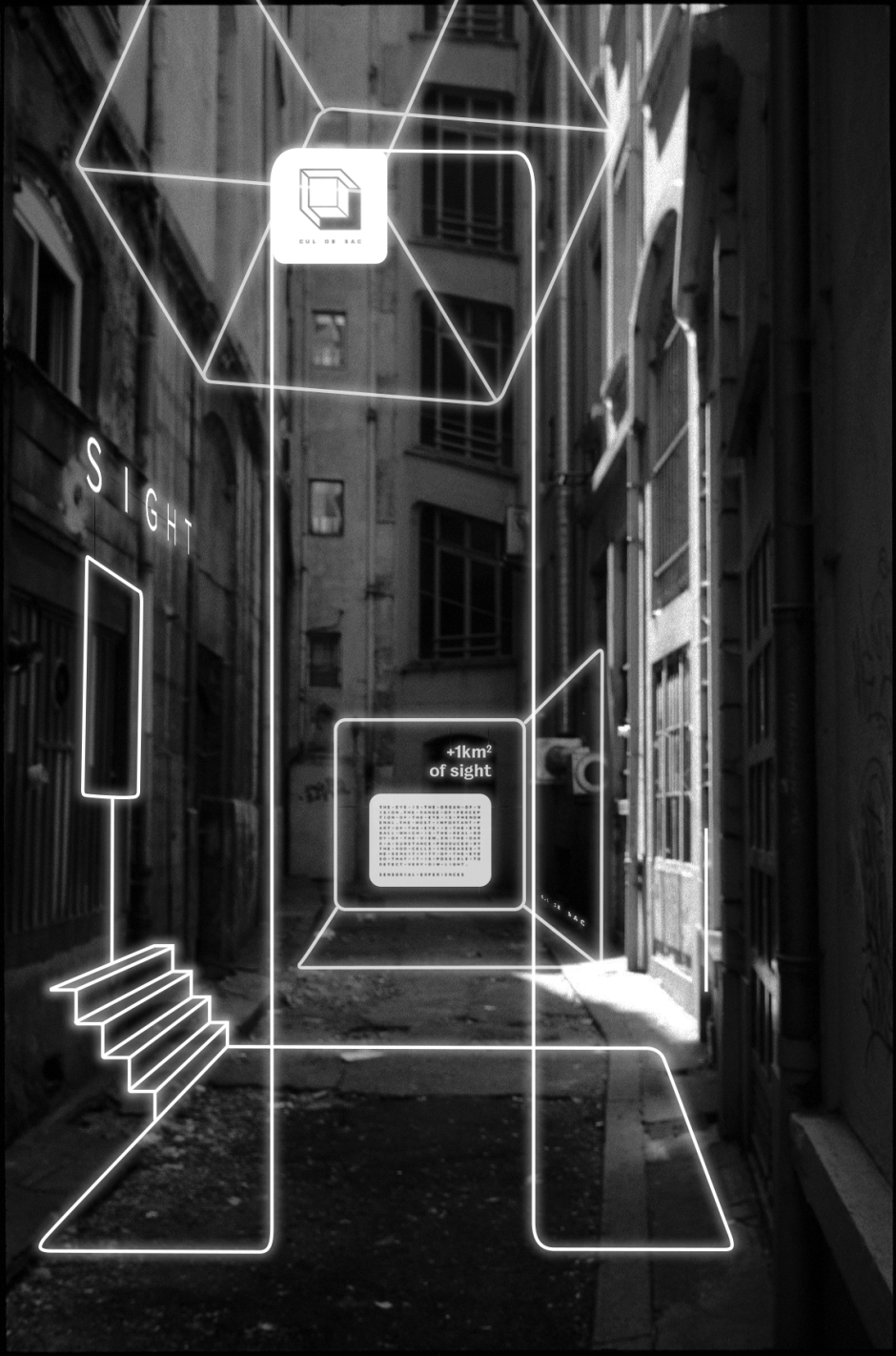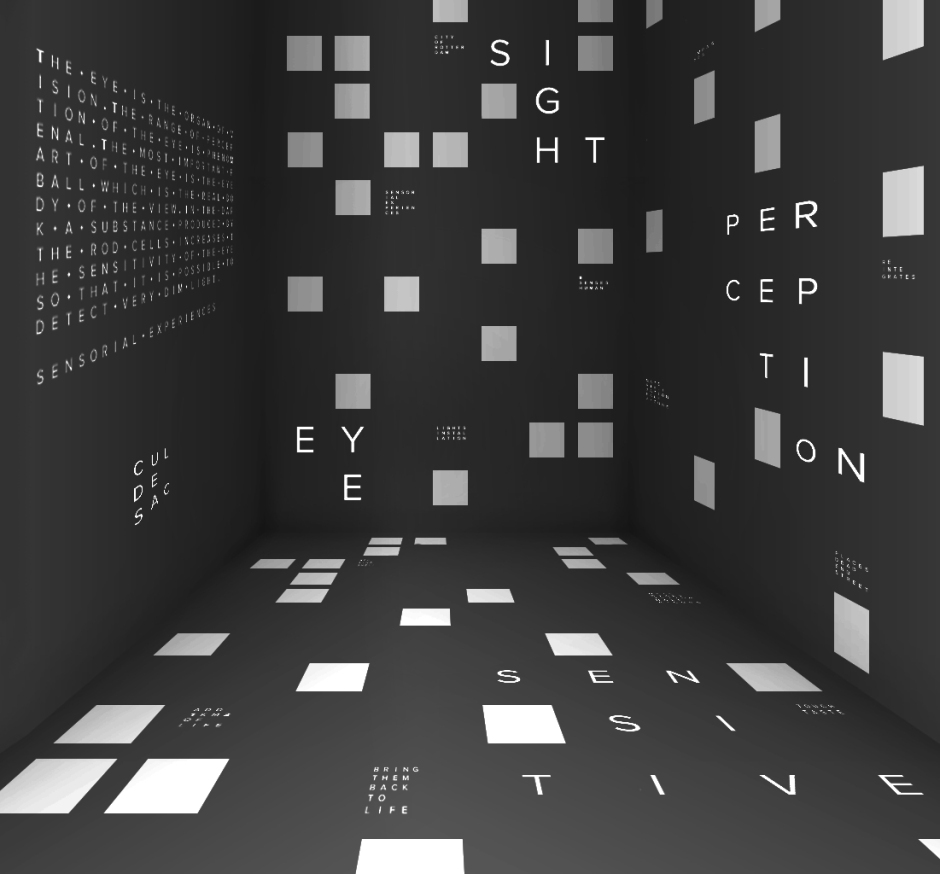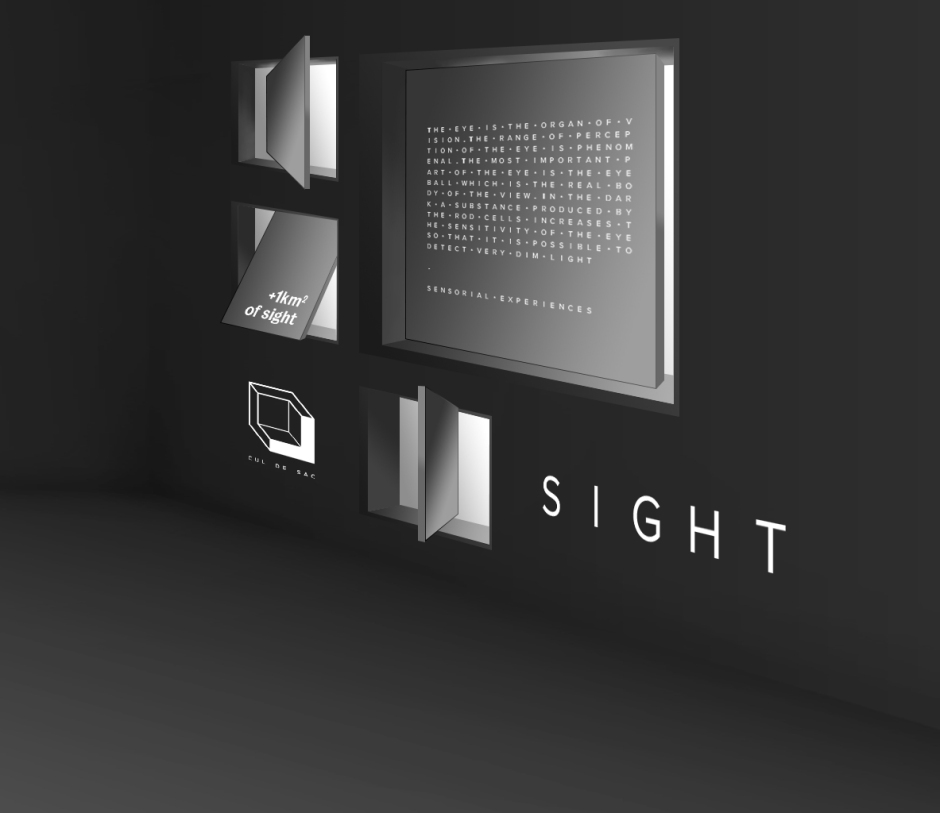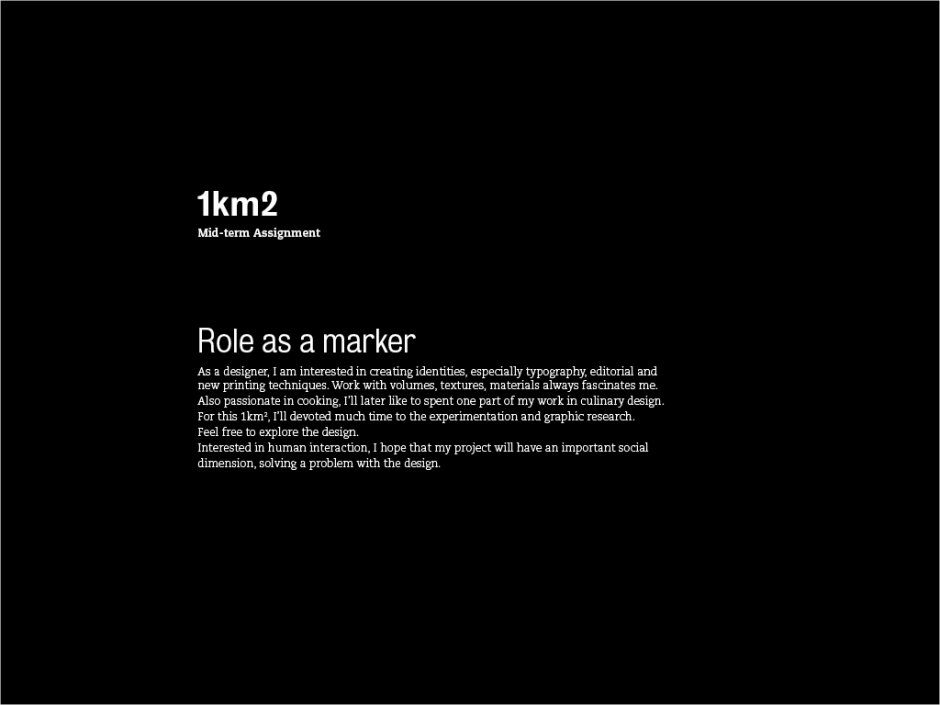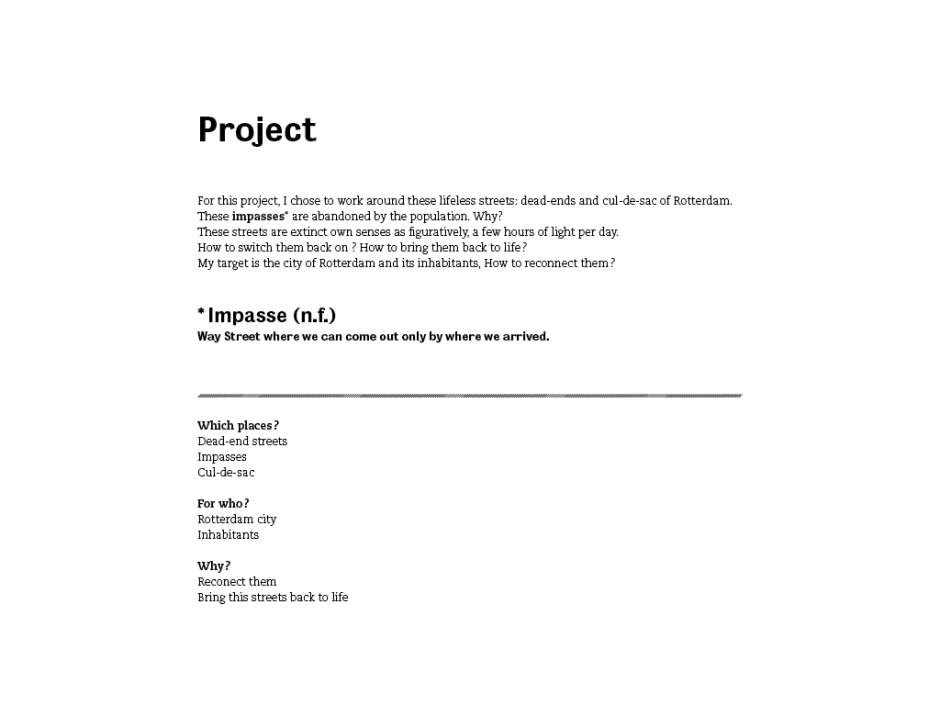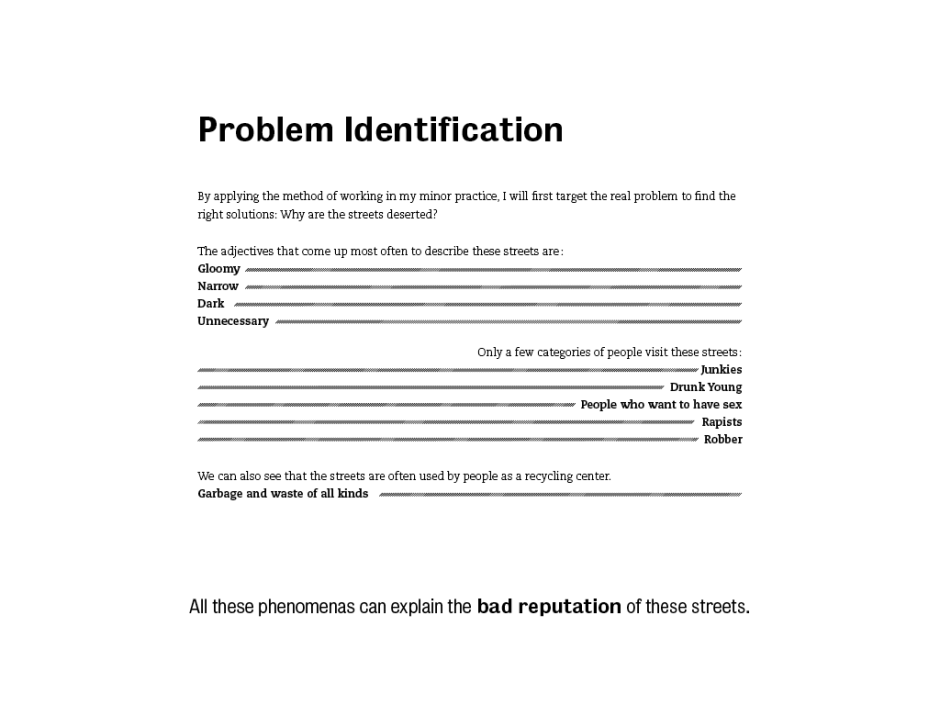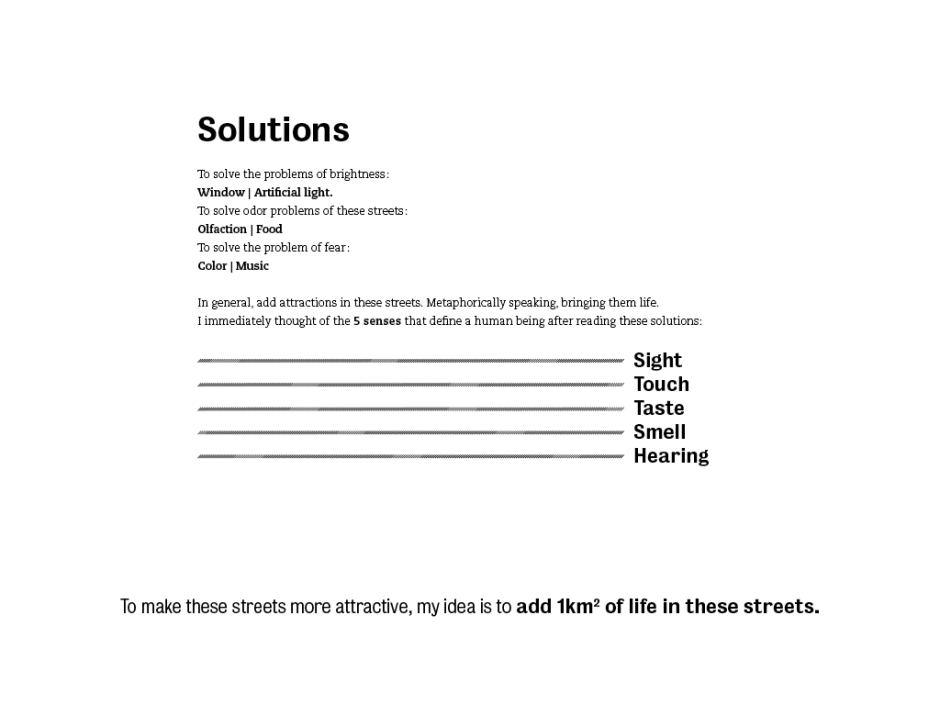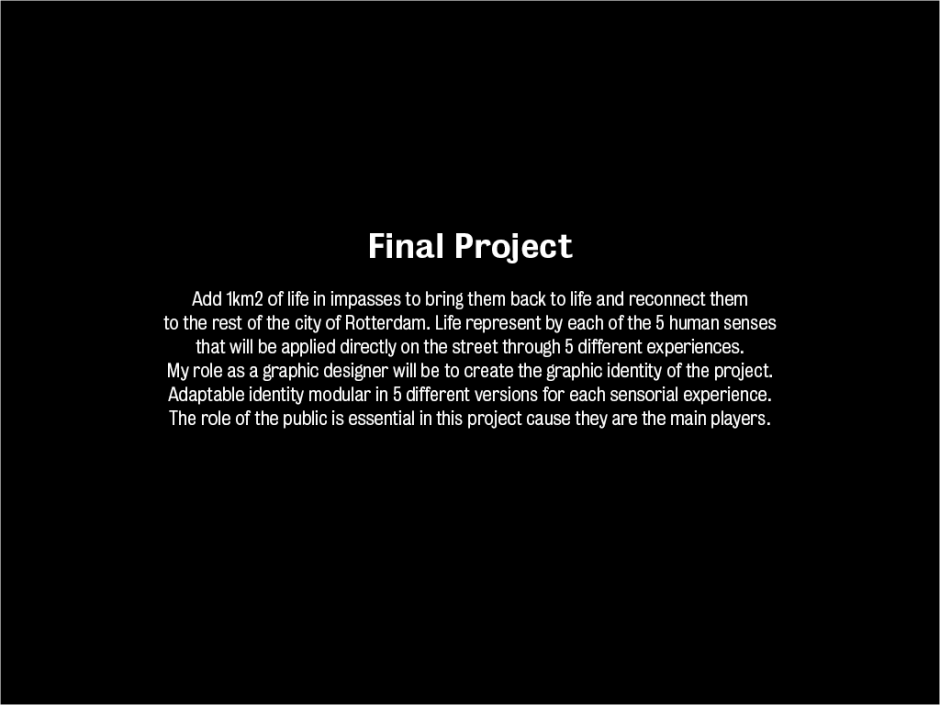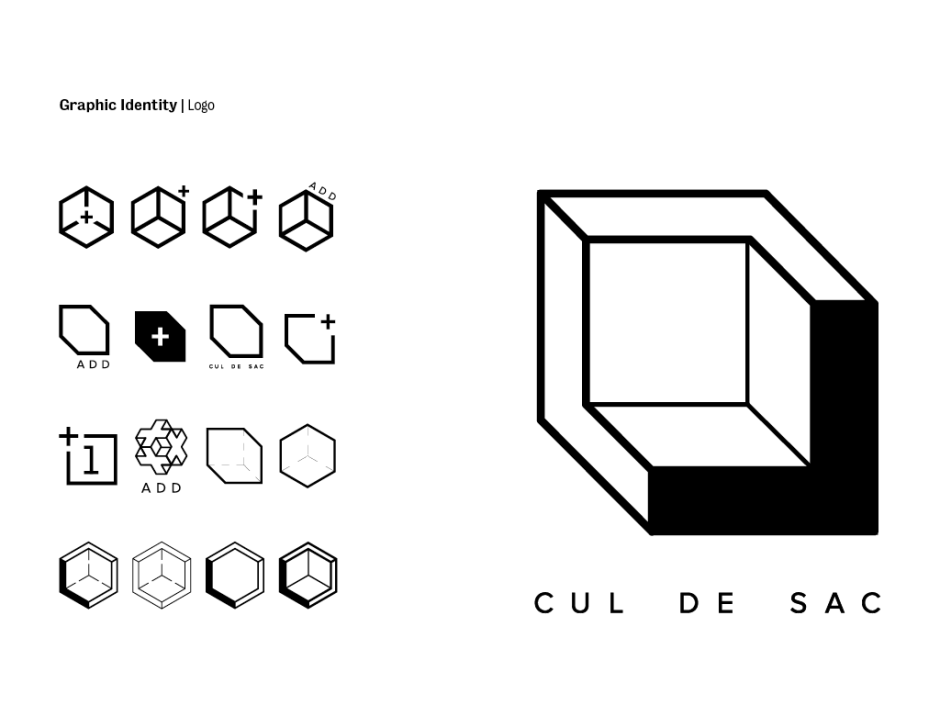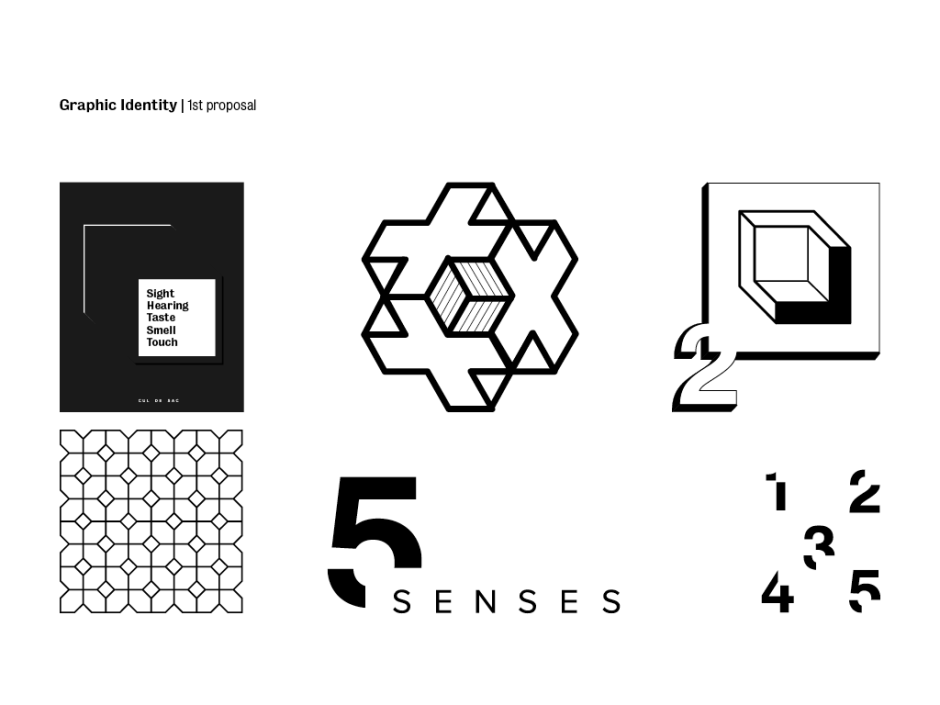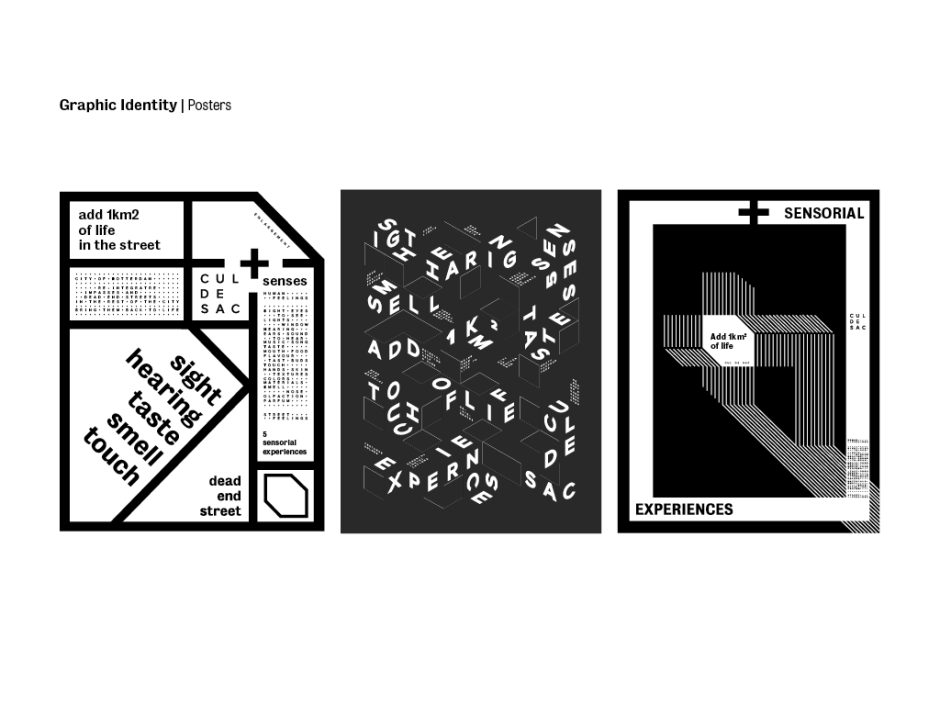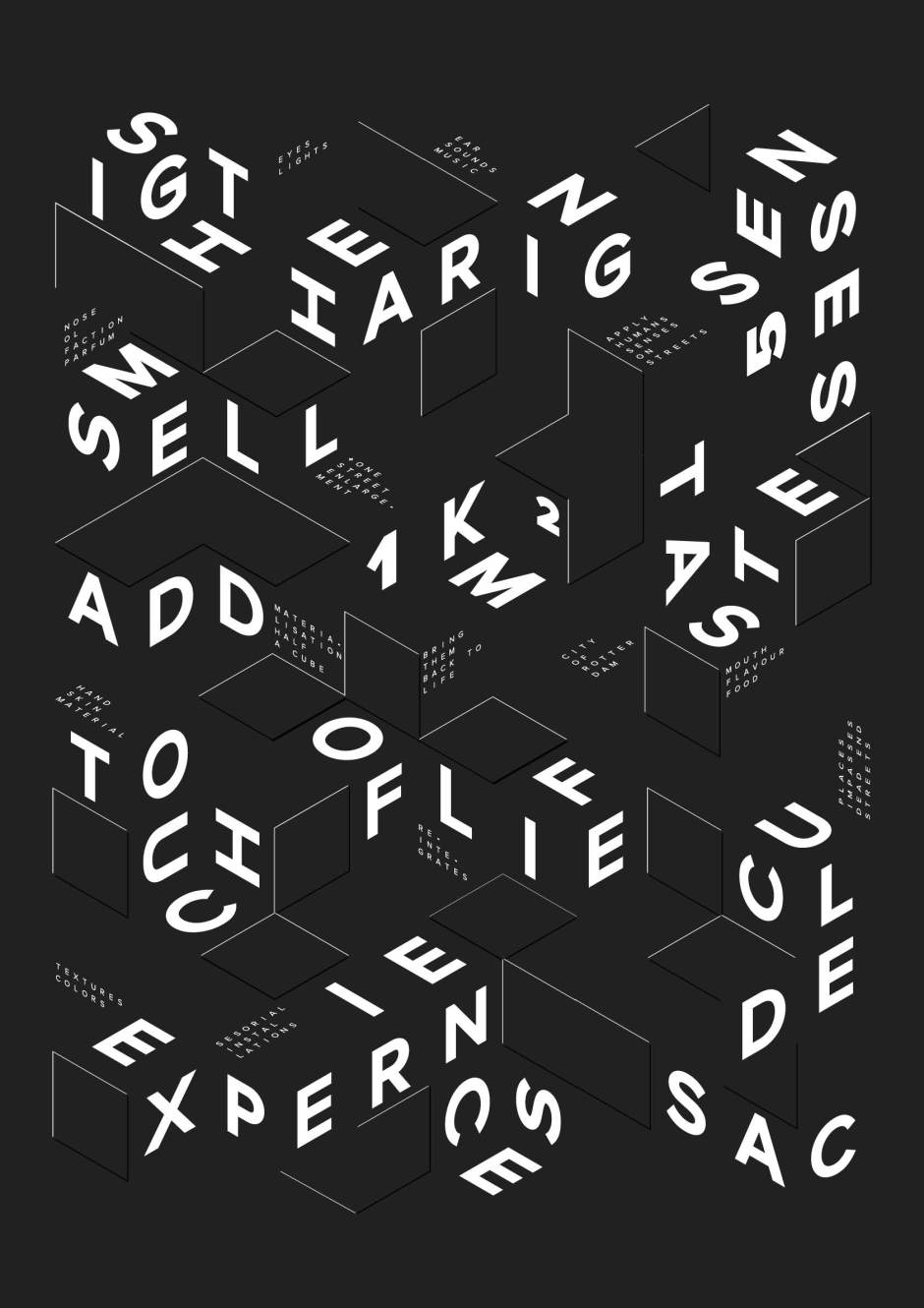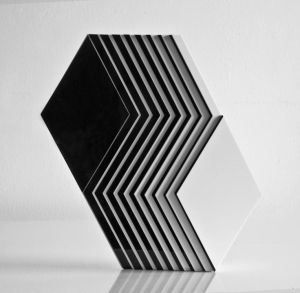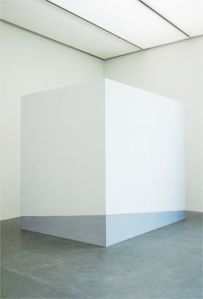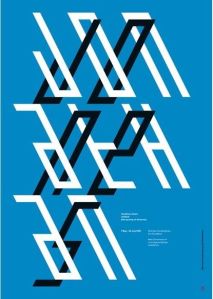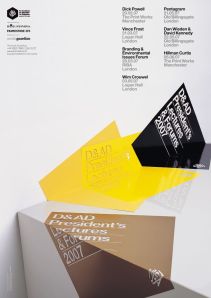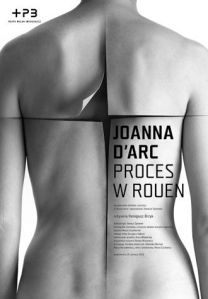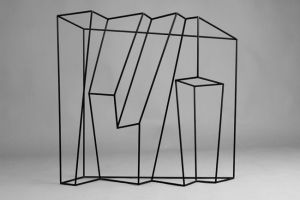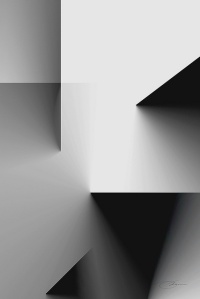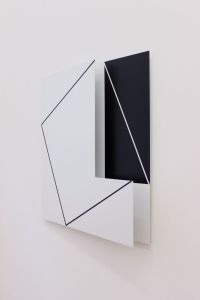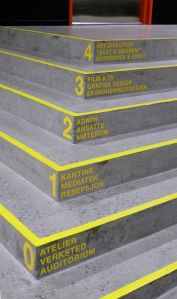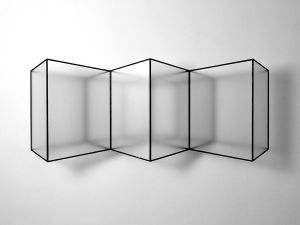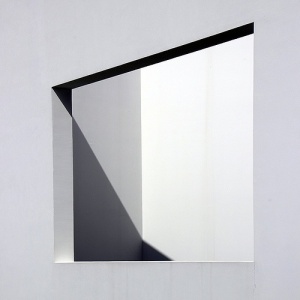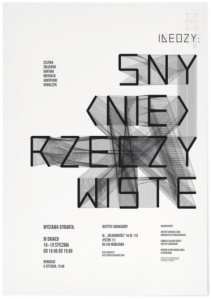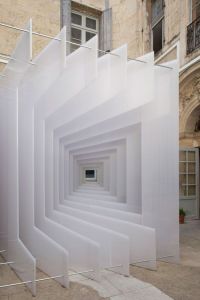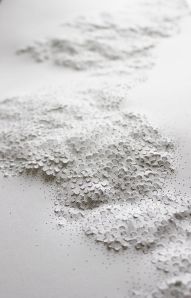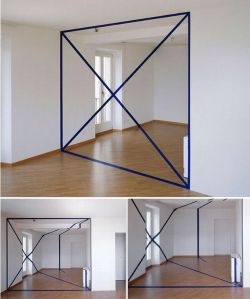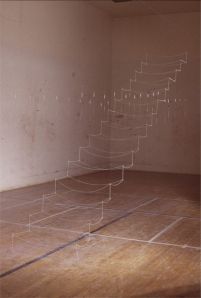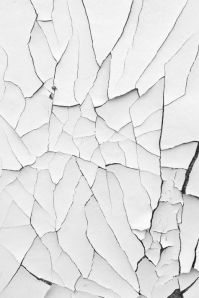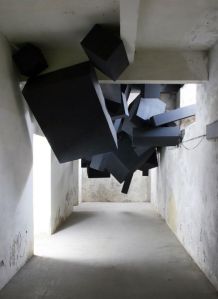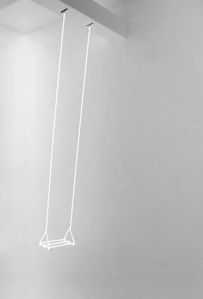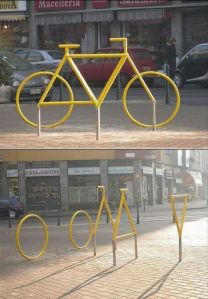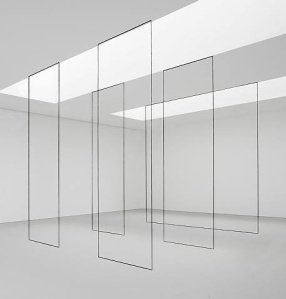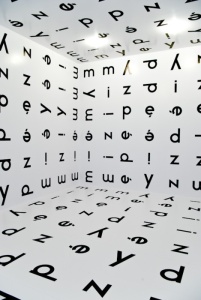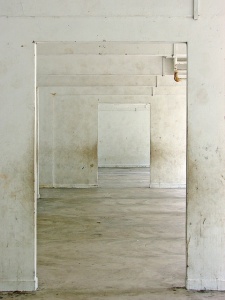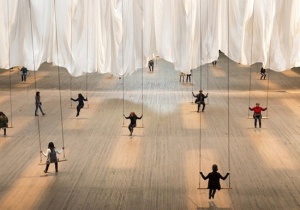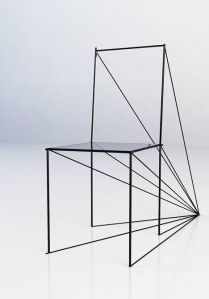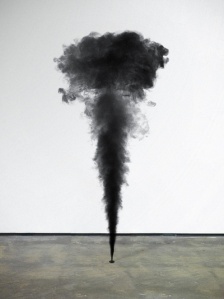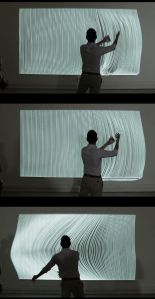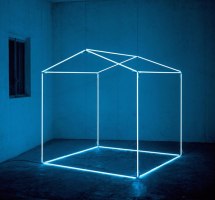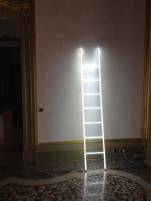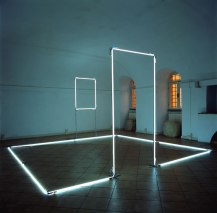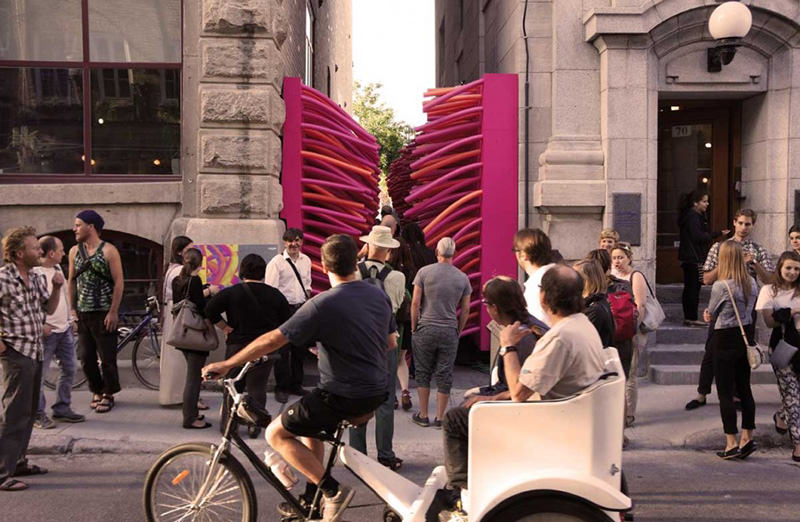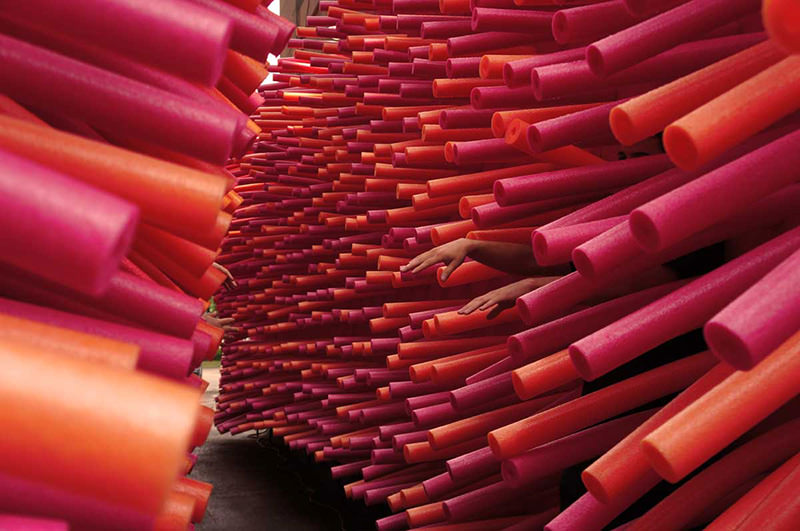CUL DE SAC / +1km2
Logo Research
Graphic Identity Research
Sortir de l’impasse / Article
English Translation
Breaking the deadlock for Another look at these dead ends
Author: Josselin Thonnelier In Urban April 30, 2013 29 comments
It is a word necessarily connoted, which boosted planners and gives the proponents of eczema of the pass city. The impasse is a monumental stupidity will tell you some. A piece of asphalt or earth it depends, which continues to decry against in-example of the sustainable city. Yet the impasse, when not systematized in an urban complex that it tends to turn into enclave deserves it seems that it stops there …
The impasse is not the city
The impasse would be an urban nonsense, heresy produced by the privatized city. The realm of each other. For supporters of the concept of « busy city », the impasse does not lead to the « city », worse, it is a major obstacle. This rejection of posture, if not evasive, precipitated the thing in the exclusion and automatic termination. As has long ignored these products that planners considered and still consider sometimes as not being in the city, it has abandoned these tracks without physical solution to their plight in a cul-de-sac.
The deadlock in the city
By dint of seeing the impasse as a symptomatic figure of subdivision racket, we tend to forget that it can survive some forms of urbanity whatsoever in it. Yet the impasse is in many contexts, a place to express the neighborhood sociabilisations: block parties or buildings, improvised meals or shared activities … the impasse because it stalled over the city and the « general public » is a privileged space for meetings.
In the Arab-Muslim world, especially in the cities of the Mediterranean arc, the impasse (Derb), becoming a key element in structuring both spatial but also social history of the city, one of the medina. Studied extensively (particularly E. Wirth (1997)), this unusual prescription of space, tends to emphasize the « private » nature of the Islamic city and generate strong neighborhood reconciliations (family, relatives, friends, etc. .) .dropoff window
But this is especially true for the Arab-Muslim city, is also for certain inherited forms of urban industrialization in the western city. In former mining areas and areas marked by labor history, the cities of the 19th and early 20th century have produced specific forms of redress. Halfway between the deadlock and the private courtyard, the « Courée » has long been a place of hybrid city between public status (for some) and private uses.
Graphic Inspiration (cube)
Installations Inspirations
CUL DE SAC / Sensorial Experiences
For this project, I chose to be interested in all of these streets lifeless, dead ends, cul-de-sac or the small spaces between two houses along the canal here, in Rotterdam. Abandoned by the inhabitants, these streets are off literally as figuratively: they see the light only a few hours a day and rarely signs of life.
How to re-integrate these impasses to the rest of the city?
How to make these streets attractive, bring them back to life?
To answer this question, I want to create an interaction between the street and the people, between people themselves.
Interested in the social and emotional aspect, the 5 senses that define life will be operated: sight, touch, smell, taste and hearing to provide a sensory experience to the people and bring the street back to life.
Figuratively speaking, the project is to add one sense square kilometer to the street.
Visually speaking, we can represent this square kilometer by half a cube.
Different experiences:
View / Experience with light, neon.
Touch / Experience with matter, color.
Taste / Experience with food.
Smell / Experience with artificial odor, olfaction.
Hearing / Experience with music.
Specifically, as a graphic designer, I will work on the overall visual identity of the project.
I’m interested in the 5 senses and try to create an adaptable graphic identity.
NEON LIGHT INSTALLATIONS BY MASSIMO UBERTI.
Italian artist Massimo Uberti is renowned for his gravity-defying sculptural light installations throughout the world. Simple forms, symmetry and pursuit of elegance characterise his work. Uberti paints, sculpts and recreates spaces by inserting elegant neon tubes that create secondary reality-altering 3D forms.
The core of Uberti’s philosophy is the process of reduction. His efforts are almost always directed toward reducing his works to their essence, using nothing but bare neon tubes and other raw materials. In doing so, the artist manages to maximise the impact of his installations.
Turning A Dark Alley Into A Dreamy Playground
Using only swimming pool noodles, design studio Les Astronautes has turned a dark, narrow alley in Quebec City into a dreamy playground.
